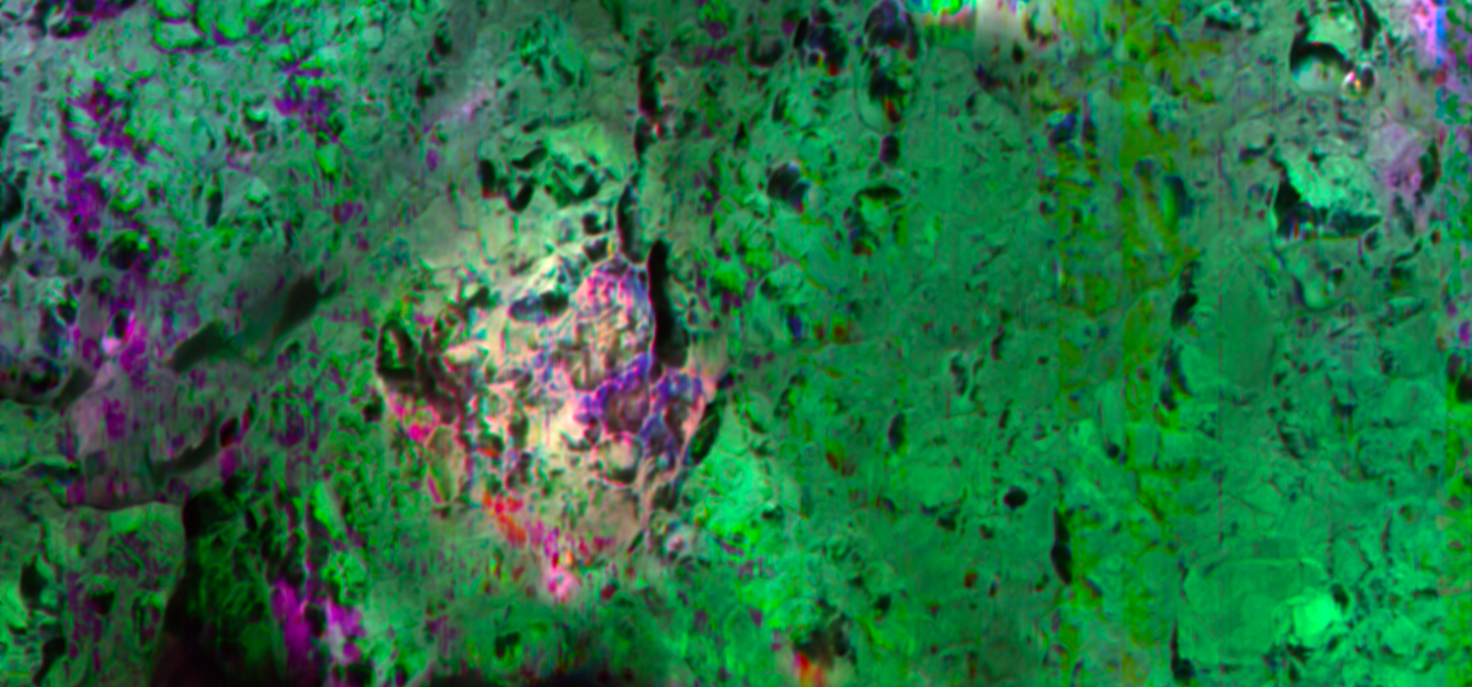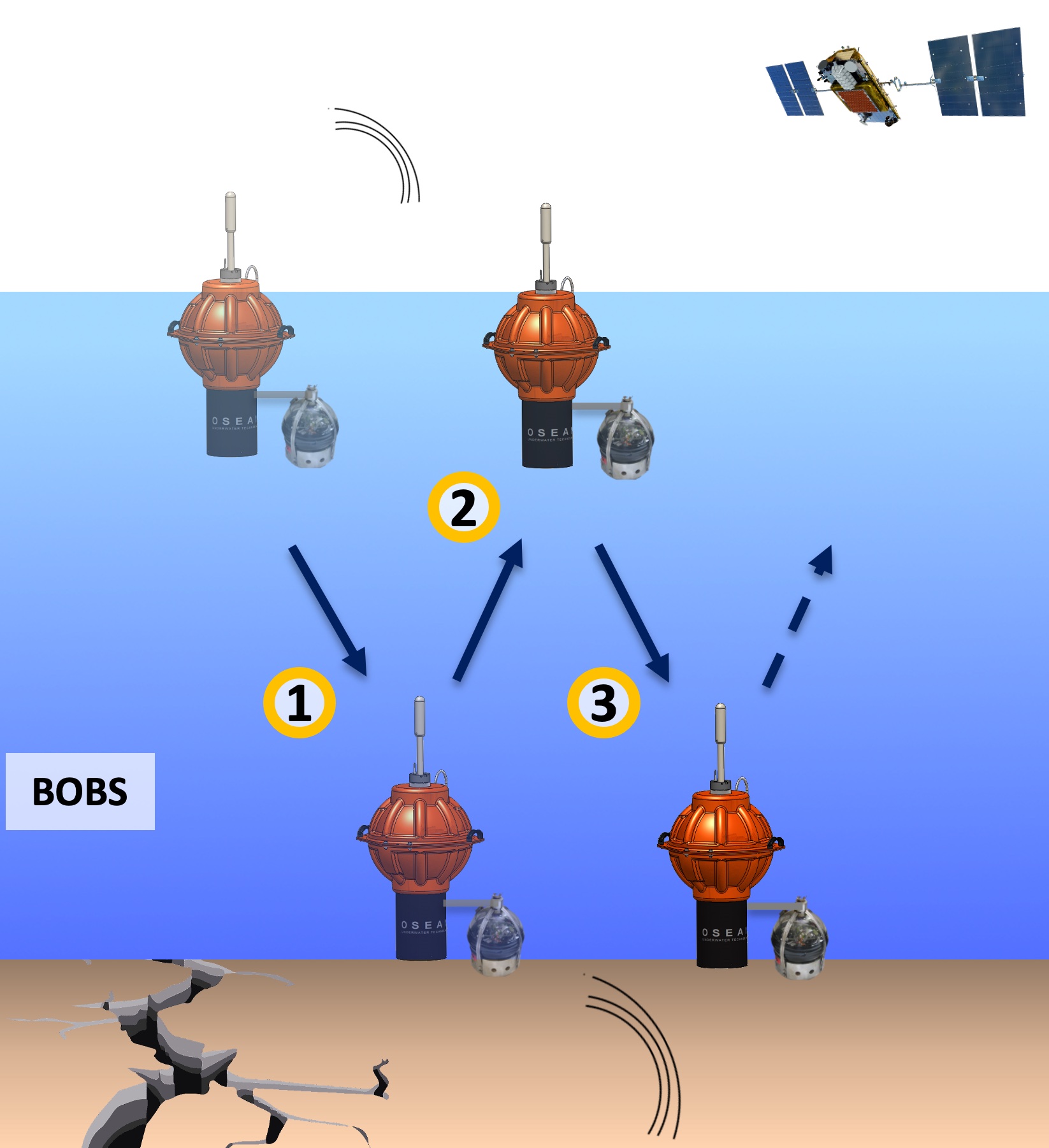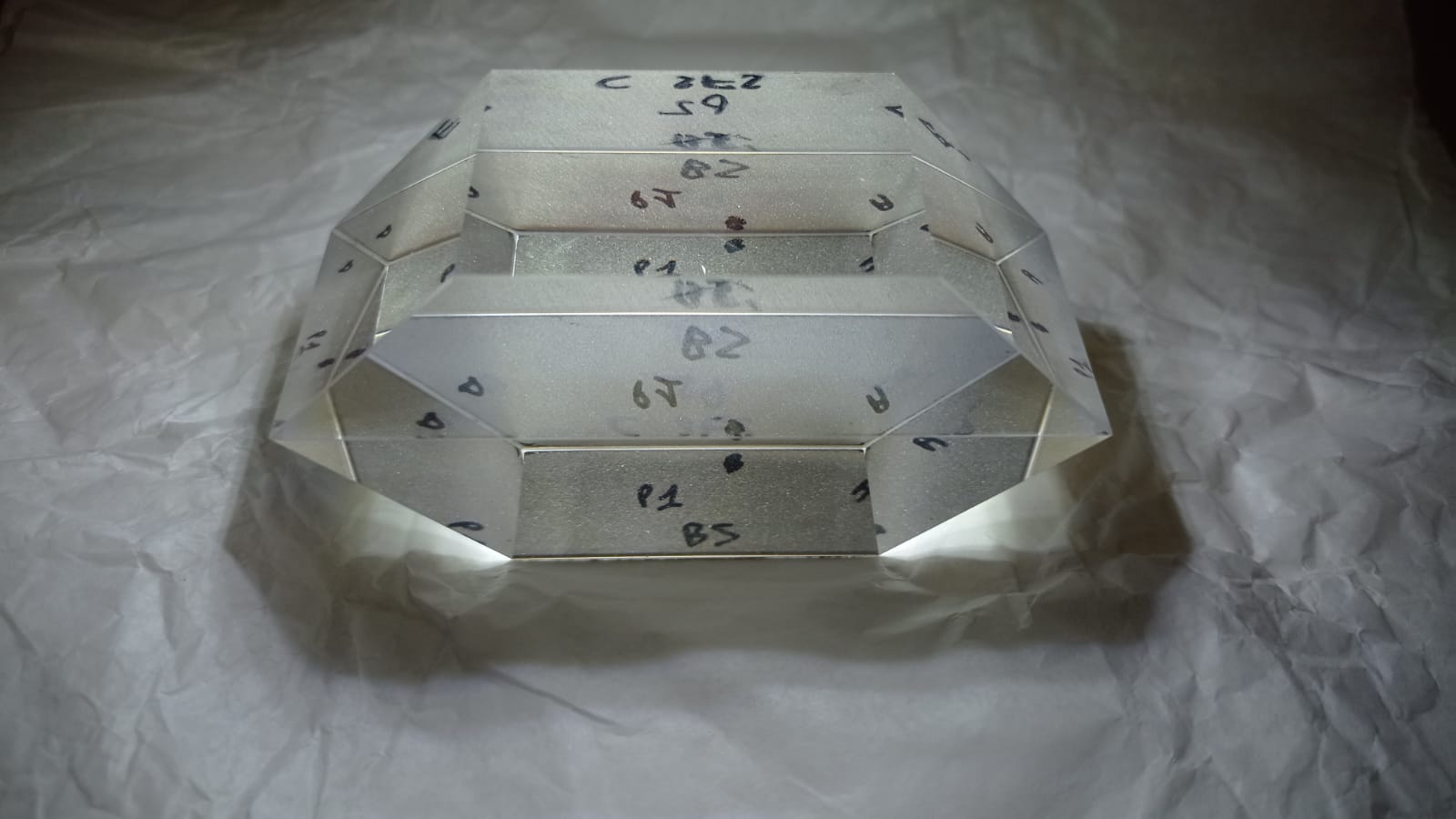
ASTRO-AFMIR
ASTROmaterials revealed by Atomic Force Microscopy – InfraRed
A state-of-the-art instrument for nanoscale infrared hyperspectral imaging
Overview
Develop and propose innovative techniques for nanoscale chemical analysis of complex materials: from academic to industrial applications.
Alexandre DAZZI, Pr Université Paris Saclay
Emmanuel DARTOIS, DR CNRS
Cécile ENGRAND, DR CNRS
The aim of the ASTRO-AFMIR project is to develop, within the French community, an innovative instrument for infrared hyperspectral imaging at the nanometric scale, for cutting-edge physico-chemical analysis. The new-generation instrument implemented in this project will be able to map the chemical variations of organic and inorganic matter in extraterrestrial materials at the nanometric scale, in the context of the return of extraterrestrial samples by space missions, and for other precious samples preserved under controlled atmospheres that preserve their integrity.
The aim is to implement and integrate this instrument within an existing platform dedicated to multi-scale infrared analysis (MUSIICS). This instrument will be open to a broad spectrum of applications covering both academic and industrial fields.
To develop
Our researchs
Non-destructive chemical imaging methods with very high spatial resolution
Control probe-sample interaction to image materials with highly heterogeneous mechanical and chemical properties on a very small scale.
Extend the range of spectral analysis
Integration of new synchronized and optimized light sources for full spectral coverage of the infrared range, essential for chemical analysis of minerals and organic matter.
Benchmarking and process validation
Quantitative and comparative analysis of the instrument’s different imaging modes according to the materials analyzed; validation of operating modes.
The environment of the samples analyzed
Develop the instrument within an environmental chamber dedicated to precious and fragile samples. A technique for analyzing extraterrestrial materials from space sample return missions or existing collections, while preserving their integrity.
The consortium
CNRS, Université Paris Saclay
Scientific expectations
The aim is to map the chemical variations of organic and inorganic matter in extraterrestrial materials at the nanometric scale, by building a new instrument that will take the development and exploitation of AFM-IR techniques to the next level, thanks to the unique expertise brought together within the consortium. The new instrument will provide maps of the spatial distribution of functional groups in the organic and inorganic matter of complex samples. It will highlight the interactions between organic matter and mineral phases at their interfaces on a scale never before explored. In the context of extraterrestrial sample returns, it is necessary to develop such techniques in a clean, neutral and controlled environment. These new developments will be implemented in a dedicated environmental chamber to enable the measurement of precious samples under controlled atmospheres that preserve their integrity, opening up the possibility of exploring their modification under atmospheres reproducing planetary environments.
Societal impacts
The impact and benefits of this project will offer unprecedented opportunities, not only in astrochemistry, but also in many other fields and fields of application, including fundamental physics, geology, heritage, and will cover a wide range of applications for industry and the environment.
Développement de compétences
In addition to the consortium involved in implementing the instrument, a large community (30 researchers) from a variety of scientific fields have a keen interest in this development, as does industry (6-8 engineers), which regularly requests state-of-the-art AFM-IR services for their research and development departments. The project will host and train 5-10 PhD students, post-docs and research engineers per year from a wide range of scientific fields.


